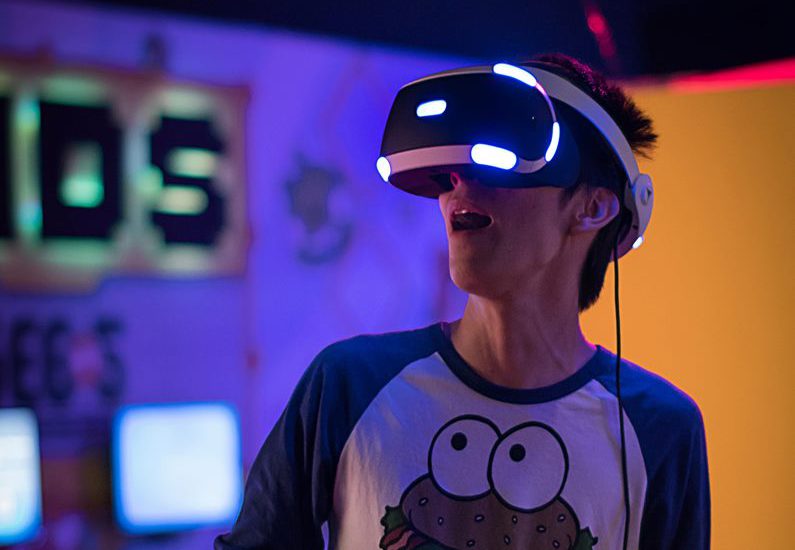- March 23, 2020
- Posted by: Sharlene Stevens
- Category: Blogging

Facebook continues to significantly enhance the functionality of its Oculus Quest virtual reality headset. On the evening of March 16, it unveiled a major update to the device’s universal menu, resulting in a complete redesign and the ability to display multiple 2D windows simultaneously. The new interface is designed to be more precise and gives quicker access to the main settings, such as sound and brightness. Frequently used applications are also highlighted at startup so that you can return to them without having to navigate.
The menu is also based on the Rift platform menu, which can now be displayed within an application without having to leave it. This was previously not the case. The old Quest interface was based on the mobile platform initially developed for the Samsung Gear VR, and therefore suffered from the associated limitations. Among other things, this redesign will make it easier to use social features, such as adding a user to a friend list or projecting what you see on a screen for people around you or even start a live stream.
Quest Platform a priority for Facebook
Facebook has high hopes for the success of Quest. Expectations are justified, as evidenced by the fact that 20 applications have exceeded $1 million in revenue since the launch of the device. That translates into significant efforts and the regular addition of new features. An update at the end of November allowed the headset to be connected by cable to a computer to enjoy Rift ecosystem games, which are more chippy but require much more power than the Quest mobile chip. In early December, hand tracking, the ability to interact with the virtual environment using your hands directly, was made available.
Simplified management of DLC and in-app purchases
For developers, the Quest platform now supports downloadable content (DLC) and direct application purchases (DPI). Both of these monetization components will also be available by the end of the month. They will be grouped under the Add-ons option on the Developer Dashboard. This add-on will also allow consumers to search and purchase CSDs directly from the Oculus Store.
Finally, Facebook announces that a prototype implementation of the OpenXR standard will be available for the Oculus Quest platform, again by the end of March. As a reminder, OpenXR is an open and free standard whose objective is to guarantee the compatibility of virtual reality applications on multiple platforms. A preliminary version is already available on the Rift platform since the end of 2019.
Multi-windowing for 2D applications
On its side, the management of several 2D windows is a (small) step towards the vision of a virtual environment that can be customized at leisure, and that will replace all our other screens. Initially, only the web browser will be able to take advantage of this feature. Still, it will be gradually extended to other 2D applications such as chat windows or the application shop.
